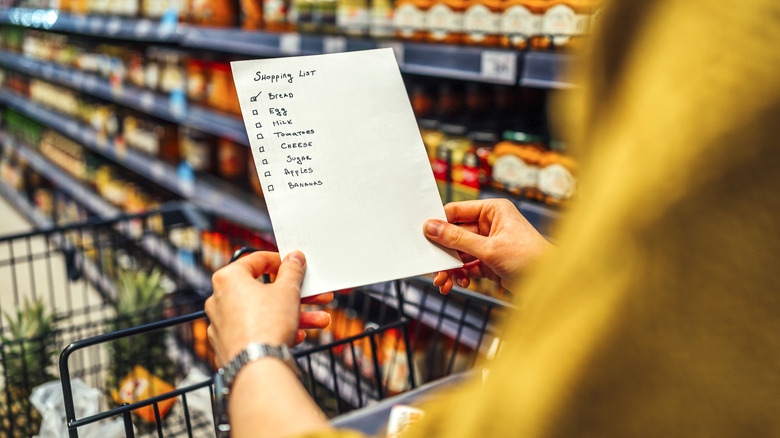How Grocery Cart Handles Can Affect Your Spending
The next time you stop by your local grocery store, you might want to take a moment to notice the shape and design of the shopping cart handles before choosing one. It may sound like a strange suggestion, but it could save you money, at least according to a 2021 study led by Bayes Business School.
What difference does it make whether you push your cart with a horizontal bar, or hold it with two separate handles on either side? Well, for retailers, the difference lies in a major boost in sales.
Researchers at the Business School watched the habits of 2,359 shoppers over three days and found that, by simply shifting handles from the usual horizontal bar to parallel grips (similar to a wheelbarrow), shoppers were likely to purchase more individual products — and spend 25% more overall during a single shopping trip.
The reason for this increased expenditure apparently lies in the psychological cues our brains instinctively associate with certain kinds of muscle activation. Using a standard shopping cart with horizontal handles activates your triceps while shopping carts with parallel handles target the biceps.
Psychological research shows that activation of the triceps is associated with refusing something you dislike (for example, by pushing something away), whereas activation of the biceps is associated with embracing things we like to do (by pulling something toward us). These subtle associations appear to provide just enough encouragement to toss in that extra candy bar to the cart.
Other ways grocery stores encourage spending
Grocery stores are typically family-friendly places with smiling staff and shelves packed with all your favorite treats. However, for such an innocuous environment, grocery stores can arrange their layout to play tricks on your wallet.
When you browse the products on a supermarket shelf, you're actually seeing a planogram. A planogram is a model designed by retailers to strategize where to place products on shelves to boost sales. Within planograms, one key strategy is "eye level is buy level," which means that products positioned at eye level are likely to sell better. You may find that the more expensive options are at eye level or just below, where they compete for your attention.
Because children can also sway shopping decisions, stores place kids' items, like candy or breakfast cereal, low on the shelves at their eye level. Grocery stores also encourage unplanned purchases of items like candy, soda, or crisps by putting them near the checkout, where customers wait in line and may give pause to consider the items.
Retail strategies don't end with planograms, however. Grocery stores also play on your senses to get you spending more by offering free tasters, encouraging you to buy with your tastebuds.
Shopping tips to help you spend wisely
How often have you dashed to the grocery store to pick up just one thing, and then left with a cart full of items? Being cash-wise in an environment geared to get you to spend can be a challenge, but there are techniques you can use to stay in control of your wallet.
One way you can save some money is by switching to generic or store brands. They're usually just as good as the name brands, especially for basics like sugar or flour. If you're looking to save money on fruits and veggies, it's a good idea to buy them when they are in season. Not only are they usually cheaper because they don't have to be imported, but they also tend to be fresher and tastier.
Whole foods, which are unprocessed foods that are still in their original state, are not only super nutritious but also more pocket-friendly than processed or packaged versions. Processed foods, like pre-prepared vegetables, or cooked and packaged meat, are priced according to the actual product and the labor and extra packaging.
You can also make it easier to say "no" to tempting treats that don't fit your budget by shopping on a full stomach.



